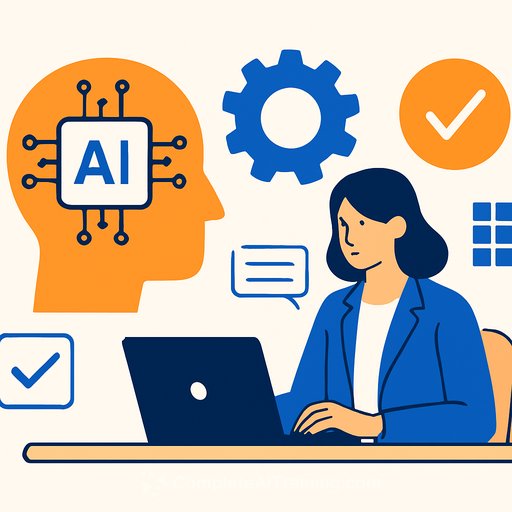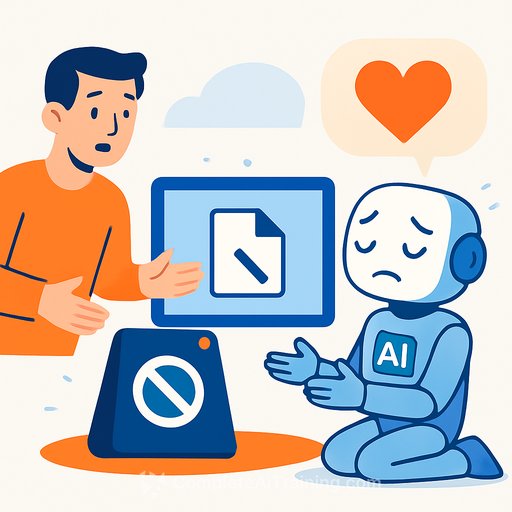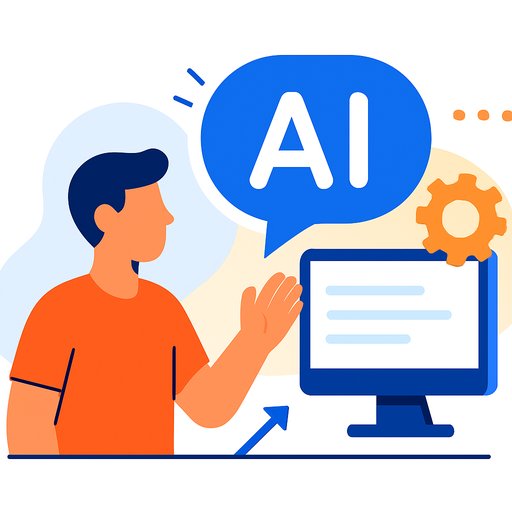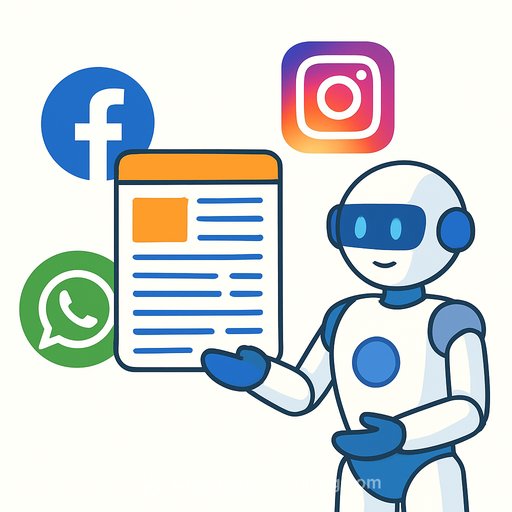AI and Automation: Make AI Change Feel Routine for Employees
2026 is close. AI is at the top of CHRO priorities, and internal comms will be asked to lead. The work ahead is clear: help executives set expectations, reduce anxiety, and make AI part of everyday operations - not a one-off announcement.
As one Gartner leader put it, "Effective leadership today is change leadership." When the pace of change spikes, so do expectations of leaders. Comms teams are the operators who turn that expectation into clarity, consistency, and action.
Reset the C-suite message: steady, specific, frequent
Executives need help telling a clear AI story. Your job is to script the message, define the cadence, and keep it human. Don't wait for perfect answers - ship useful updates that show progress and protect trust.
- Core narrative: Why AI, why now, and what it means for our people and customers.
- Cadence: Short updates every two to four weeks beat long memos every quarter.
- Format: Plain language, team-level examples, and time-bound next steps.
Make change feel routine with a three-step cadence
- Acknowledge the path: Normalize constant change. State what's known, what's unknown, and when the next update lands.
- Regulate discomfort: Name the worries. Share guardrails, training, and support channels. Transparency reduces rumor cycles.
- Train intuition: Build small habits. Reinforce quick checks (privacy, bias, accuracy) and show up with daily use cases.
Embed culture into every AI touchpoint
AI will live inside the employee experience - in tools, workflows, and support. Treat culture as the filter for every decision. Tie AI usage to mission, values, and customer standards, even as tools shift.
- Use cases: Benefits chat support, content drafting, analytics, research aids.
- Guardrails: Approved tools, data privacy rules, quality checks, human oversight.
- Behavioral cues: What "good" looks like in your org - speed with care, curiosity with accountability.
For context on HR priorities and AI's role, see Gartner's overview of HR leader focus areas here.
Address job security head-on
Some leaders will look to automation for efficiency. Employees will assume the worst if you leave a vacuum. Be direct about what is changing, what is not, and how roles will evolve.
- Team impact maps: For each function, define tasks to automate, augment, and keep human-only.
- Manager packs: One-pagers and FAQs for team meetings. Include sample use cases, KPIs, and training links.
- If reductions happen: Communicate with care - what is changing, why, who is affected, support offered, and what comes next for the business.
Gartner's stance is clear: AI is expected to create more net jobs over time. Your message should reflect both the short-term adjustments and the long-term opportunity.
Your internal comms toolkit for AI change
- AI narrative doc: Purpose, principles, and do/don't list for leaders and managers.
- Policy and guardrails: Approved tools, data use, attribution, and escalation paths.
- Channel plan: Exec notes, manager toolkits, AMAs, office hours, and pilot updates.
- FAQ library: Job impact, performance standards, privacy, legal, and ethics.
- Use case catalog: Role-based examples with time saved and quality checks.
- Glossary: Plain-language definitions for core AI terms.
- Decision log: Track what changed, why, and the owners - reference it in updates.
Measurement that actually matters
- Sentiment: Pulse surveys after key milestones and manager meetings.
- Adoption: Usage rates for approved tools, completion of training, time-to-first-use by team.
- Quality: Error rates, rework, and stakeholder satisfaction on AI-assisted outputs.
- Trust: Participation in AMAs, questions asked, and rumor volume in internal channels.
Report trends, not just numbers. Pair each metric with one action you're taking next.
Help people upskill - fast and safely
Give employees a safe path to learn: short lessons, approved prompts, and real tasks. Start with pilots, share wins and misses, then scale by role.
- Manager-focused training: How to set AI standards and coach for outcomes.
- Frontline scripts: Prompts, review checklists, and quality gates built into the workflow.
To speed up role-based learning, explore curated AI courses by job function here. For deeper prompt practice, see this prompt-focused collection here.
Bottom line
AI is becoming part of daily work and the employee experience. Treat change as a steady drumbeat: clear narrative, steady cadence, tight guardrails, visible training, and honest metrics. Do this well, and AI feels routine - not threatening.
Your membership also unlocks:






